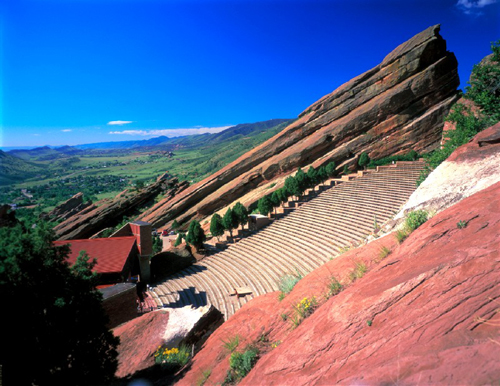
The oxy-acetylene torch: the power of Vulcan in a hand-held tool! Frank and Tony from the maintenance shop showed me how to safely use the torch and calmed my fears.
In the yard, the torching crew (using the big oxy torch, cut apart gigantic steel - 10' diameter containers, huge sides of steel, enormous tangles of steel cable), take the time to find and cut 1/2 dozen pieces of steel for me. They are covered from head to toe with suede jacket, chaps, bib, gloves, respirators and helmets.
Favian, the crane operator, swings the claws of the material handler, immediately finds a 1' disc and with the greatest of delicacy, gently places the disc two feet away from my feet. I give him a thumbs-up with delight. Juan, Francisco and Manuel cut and cool the other discs for me and forklift my finds back to the Shed. They are generous, gentle men working the toughest job in the yard.
























